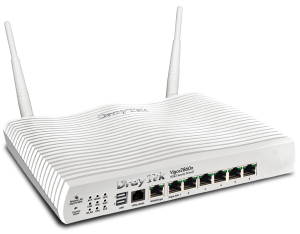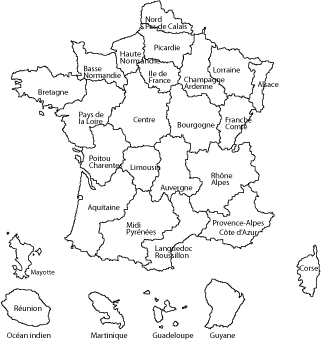Articles
Hyperfast broadband for boats in London’s South Dock marina | ThinkBroadband
Fibre to the barges: Hyperoptic connects houseboats to gigabit broadband | Recombu
UK ISP Hyperoptic Touts Hyperfast 1Gbps Fibre-to-the-Boat Broadband | ISPReview.co.uk
London marina boats get faster broadband than most UK homes | Cable.co.uk
From the horse’s mouth
Hyperoptic
My Comments
There are some of us who use boats for more than just sailing around. For some of us, they are our residences but whether you are at a marina or tying up at a quiet shore, the issue of broadband can be a limitation.
Typically, if a marina provides broadband Internet service to its tenants, this would be in the form of Wi-Fi provisioned in the same vein as a hotel’s or caravan park’s public-access Wi-Fi service. This typically involves a few Wi-Fi access points over the marina’s area and a Web-based login experience. On the other hand, if there isn’t any Wi-FI Internet, the sailor would have to use a USB wireless-broadband dongle or a Mi-Fi router to get broadband on the boat and most of these services aren’t very good value for money especially for those who live on a boat.
Now Hyperoptic have worked with the Southwark Council in London to provide a more exciting broadband service to sailors who live at the South Dock Marina. They have implemented the same technique used to provide “fibre-to-the-building” or “fibre-to-the-basement” next-generation broadband to multi-tenancy buildings, work they are familiar with, to setting this marina up for wired broadband.
Here, they have a communications hub installed at both the South Dock marina and the Greenland Dock marina along with Cat5e Ethernet cabling toe each of the residential berths. The resident sailors would need to drop an Ethernet cable between the facilities box on the berth and their boat and use a wireless broadband router with Ethernet WAN connection to distribute the broadband across their craft while they are moored at the dock. Of course, the “Mi-Fi” would still be needed when you are out sailing, but this need could be served better through the use of a dual-WAN router that uses a USB connection for mobile-broadband modems as a WAN option.
They subscribe to a private Internet service similar to what we would subscribe to at home or in our businesses and can benefit from broadband and landline packages with 20Mb/s, 100Mb/s and 1Gb/s bandwidth depending on the package. At the time of the press release, there has been at least 50% takeup of these services which I see as being of promise for this kind of service.
Here, this dodges the bullets associated with the metal construction associated with most craft or mobile-broadband plans that are either capped or charged at exorbitant rates.
Using the fibre-to-the-building method of deploying broadband to a marina that has a significant number of people living “on-board” could make for a value-added extra especially in any of the “new shoreline suburbs” cropping up in most of the cities where each of these developments has to have a marina. Tie this with next-generation broadband service plans that are sold “by-the-month” or in a manner that appeals to occasionally-occupied premises and this could appeal to more sailor types.




